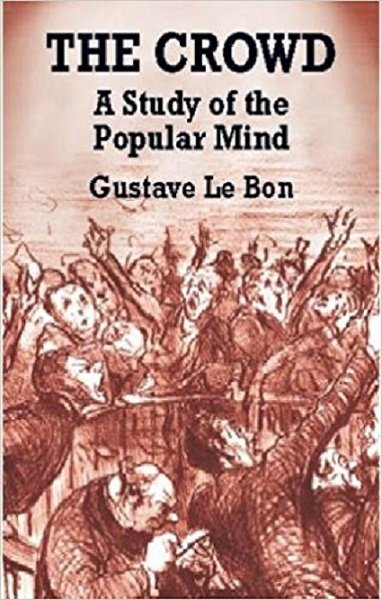Some thoughts about the psychology of Leadership and Power /part 7/
By this indicator, the areas of activity of the political leader can be divided into three types: a large-scale sphere for the political leader; medium-sized business sphere; and a narrow sphere of activity. Blondel identifies three types of political leaders, and they are: "rescuers," "tranquilizers," "managers." The political leaders, depending on the scope of the field of activity, can also be divided into three types: "ideologists", "reformers", "innovators". Contributors to the development of contemporary theory of political leadership include authors such as Ashin, Abashkin, Kosolapova, Diligeni, Gusman, Shestopal, Stukina.
Stewkina directs his professional interests to an almost unexpected aspect of political leadership - the ability of political leaders to anticipate the future development of processes in society and to create the best models for social transformation. This type of political leader is characterized by the term "providential leaders". The psychological aspects of political leadership are of special interest to Diligeniyos. In particular, he explores three essential aspects of political leadership: - the national-historical situation as the determinant of political leadership; - the relationship between intellect and political leadership; - the motivation of the political leader. The political leadership typology that exists in political literature can be regarded as essential information that contains additional characteristics, both about the essence of political leadership and about the personal characteristics of the political leaders themselves.
One of the first authors to offer a specific typology of political leaders is Wind. The criteria of this typology are: - the first criterion - related to one of the aspects of the activity of the political leader - ideology. Based on these criteria, the author sets out two types of leaders: leader-ideologue, leader-grammarian; - the second criterion - is the impact of the impact on members of the political organization and the sympathizers. By this criterion the leaders are divided into a charismatic leader, leader - representative; - a third criterion - is formed on the basis of the attitude towards political opponents. By this criterion, Wind defines two types of political leaders: leader-co-leader, leader-fanatic. Bernds divides political leaders into two types: converters, managers. Weber's typology is also very popular, based on the types of power that can be applied by leaders. On the basis of the three types of power traditional, rational-legal, and charismatic, leaders are divided, depending on which type of authority they are applying.
Laswell, from the positions of psycho-pathological analysis of the behavior of political leaders and in connection with the functions they perform, distinguish three types of political leaders: agitator, administrator, theorist. One of the authors offering the relatively most comprehensive model of political leadership typology is Avcina. Comprehensiveness here is based on the selection of the criteria to which the typology itself is based: - the first criterion - the attitude towards power - can be divided into two types of political leaders: a political leader in power, a political leader in opposition. In their attitude to power, ruling political leaders can be conventionally divided into two subtypes: egocentric, sociocentric.
